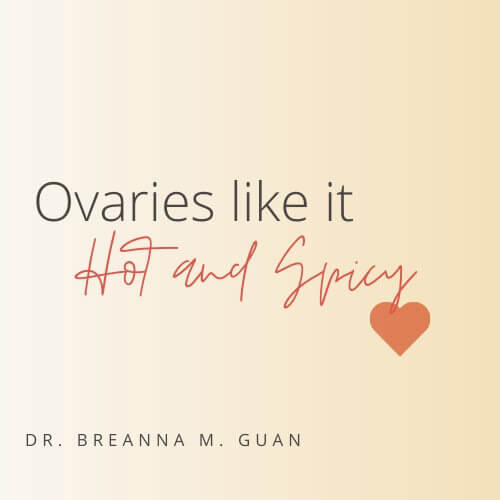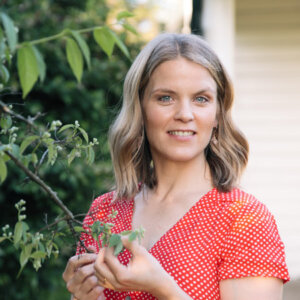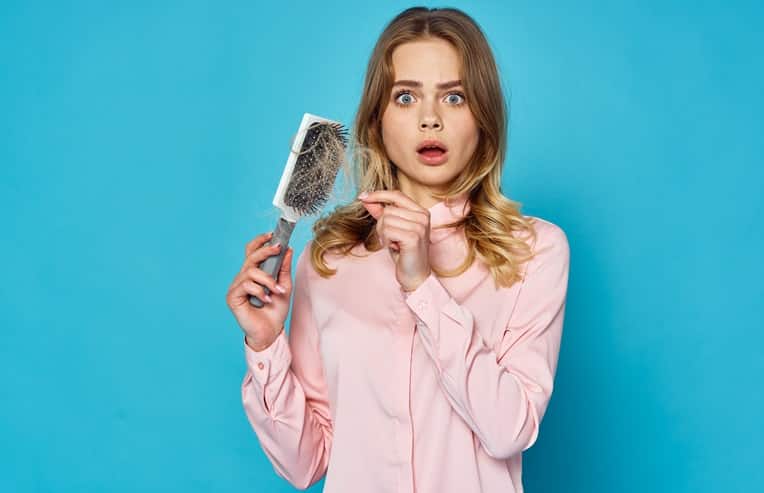My husband recently sent me an article from the Guardian that said the key to fertility was wild sex. I’ve got more to say about that coming soon! Basically baby-making works better the more you’re into it and each other but there’s a different hot and spicy I want to share with you!
I have to tell you about a study I recently came across. Although this study was, done in rats (sad), I think there is a tremendous value in the information gained, and I especially think it could be helpful for women who are hoping to improve their fertility.
In the study, mice divided three groups, all the groups received chemotherapy + a fourth control group (no chemotherapy). The chemotherapy caused significant damage to the ovarian tissues resulting in hemorrhage and prominent white blood cell infiltration, vascular congestion, bleeding around the corpus luteum, and degeneration in the ovarian follicles.
Then, after being given the chemotherapy, two of the groups received hefty doses of either curcumin (yea!) or capsaicin (hot!)

Wonderfully, curcumin and capsaicin significantly improved the damage done via the chemotherapy agent when compared to the chemo alone group.
Astonishingly, there was a significant reduction in serum FHS hormone and LH levels in rats treated with curcumin and capsaicin compared to the non-treatment group.
Even more, the levels of estradiol and anti-mullerian hormone in rats treated with CRC and CPS were significantly increased compared with the chemo only group!
These results are so powerful, especially for women who have to use chemotherapy at a young age. Nature really does heal. Unfortunately, there have not been studies done with these lovely substances in women who have diminished ovarian reserve (why?), or premature ovarian failure. We know ovarian aging is affected by a wide range of factors, lifestyle, medical, genetics, environment, stress, and autoimmune. Many of the causes are associated with increased levels of oxidative stress leading to reduced ovarian reserve.
From this study, a few questions arise,
- Did the herbal substances prevent damage due to their closeness in proximity to the dosing of chemotherapy (14 days after chemotherapy)? Stopping a cascade of inflammation and damage?
- Can these results be replicated in humans?
- Can we use these substances in women with DOR due to lifestyle factors, genetics, autoimmune diseases?
- Can we slow and prevent ovarian aging by using these products over a women’s lifetime to protect her fertility?
- Would these substances be of benefit in women trying to get pregnant in their later 30 and 40s with DOR?
- Would smaller doses be effective for women who wanted to improve ovarian reserve outside of chemotherapy?
The animals in the study were given doses at 100mg/kg daily for curcumin. That would be around 5-7 grams in an average side female, a very large dose.
Takeaways
- Curcumin and capsaicin have potent antioxidant properties that can impact ovarian antioxidant activity and improve ovarian structure and function.
- These compounds can reduce markers of inflammation and improve the ovarian response (reduce FSH and LH, raise estradiol and AMH levels).
- Both curcumin and capsaicin are very safe and protective foods to incorporate into the diet of anyone hoping to support their fertility
- Large, more concentrated extracts do exsist on the market and curcumin is an especially low-risk substance to use. Always talk to your doctor first!
Find my favorite curcumin supplement here!
Citations
- doi: 10.18632/aging.101784.
- doi.org/10.1186/s13048-018-0409-9




